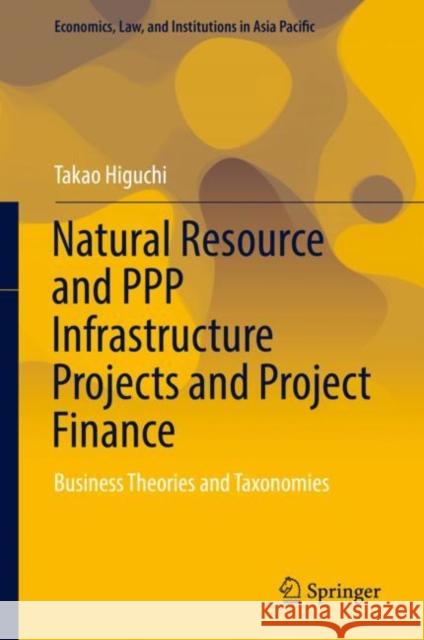Natural Resource and PPP Infrastructure Projects and Project Finance: Business Theories and Taxonomies » książka
topmenu
Natural Resource and PPP Infrastructure Projects and Project Finance: Business Theories and Taxonomies
ISBN-13: 9789811322143 / Angielski / Twarda / 2018 / 183 str.
Natural Resource and PPP Infrastructure Projects and Project Finance: Business Theories and Taxonomies
ISBN-13: 9789811322143 / Angielski / Twarda / 2018 / 183 str.
cena 524,53
(netto: 499,55 VAT: 5%)
Najniższa cena z 30 dni: 501,19
(netto: 499,55 VAT: 5%)
Najniższa cena z 30 dni: 501,19
Termin realizacji zamówienia:
ok. 22 dni roboczych
Bez gwarancji dostawy przed świętami
ok. 22 dni roboczych
Bez gwarancji dostawy przed świętami
Darmowa dostawa!
Kategorie:
Kategorie BISAC:
Wydawca:
Springer
Seria wydawnicza:
Język:
Angielski
ISBN-13:
9789811322143
Rok wydania:
2018
Wydanie:
2019
Ilość stron:
183
Waga:
0.45 kg
Wymiary:
23.39 x 15.6 x 1.27
Oprawa:
Twarda
Wolumenów:
01
Dodatkowe informacje:
Wydanie ilustrowane











